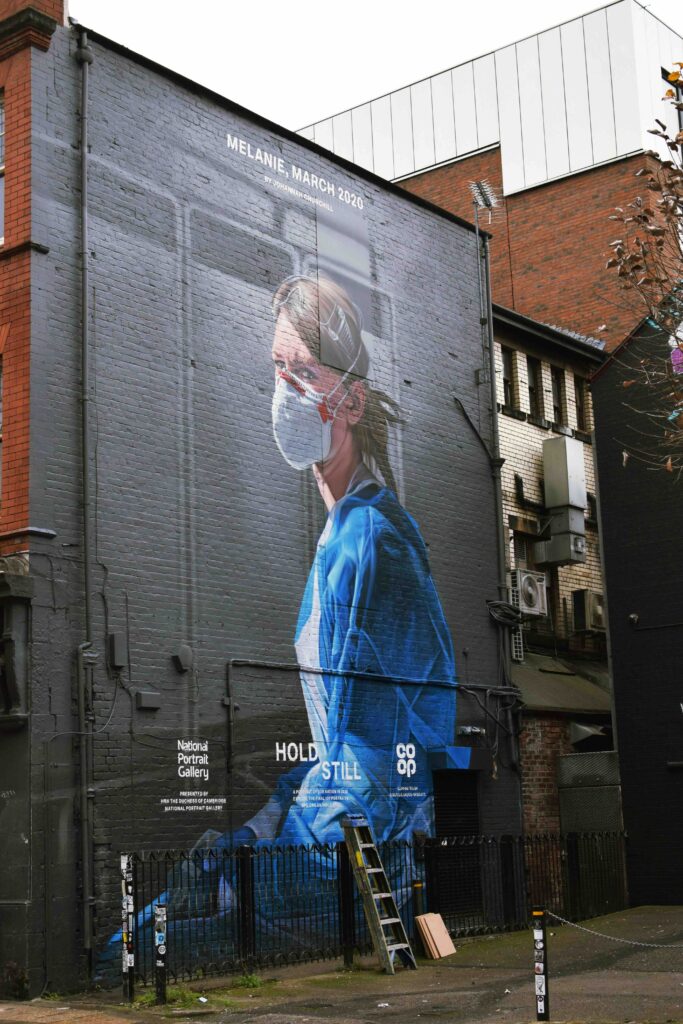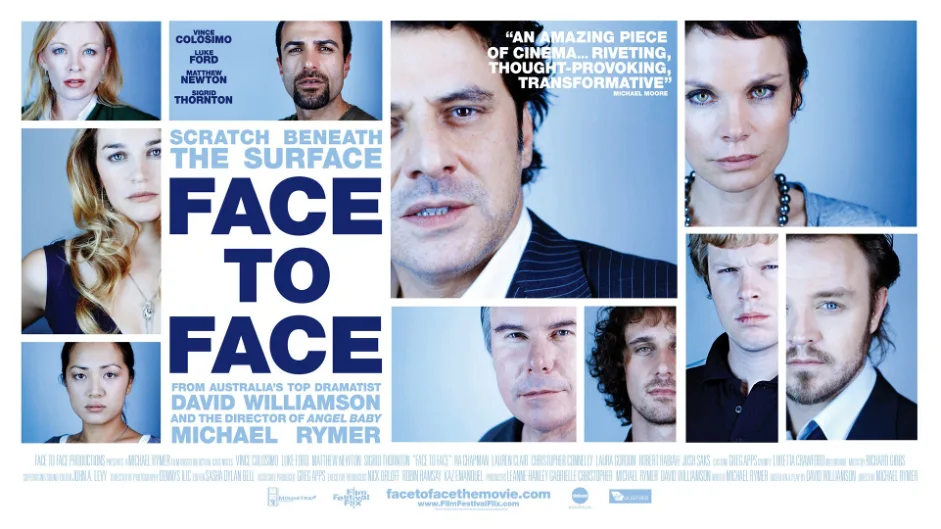In response to a formal allegation or complaint, many employers feel compelled to conduct an initial fact-finding investigation or a full workplace investigation. The purpose of an investigation is typically to answer the questions: who did what and what do we have to do to them? In other words, to find someone to blame and then to impose a punishment or sanction on that individual.
Most of the time, those are unhelpful questions to ask. In ProActive’s Restorative Conference process, we instead ask:
- What has happened?
- How has it affected people?
- What can be done to fix any hurt and harm?
- What can we learn from it so we take something positive out of the conflict?
Rather than imposing a solution on the group that could exacerbate the conflict, it is always preferable to engage in a process that allows the group of affected people to come together, clarify how the conflict evolved, build an understanding of how the conflict has affected all of them individually and as a group and develop a plan to reconcile those differences.
ProActive Restorative Conferencing is a process for transforming conflict into cooperation within groups. In our Restorative Conference, the community of people affected by conflict come together and engage in a facilitated conversation about what has happened, and how people have been affected.
Participants benefit from the opportunity to say things to each other that they have either avoided saying or have said hurtfully rather than helpfully. The group then decides together what needs to be done to behave constructively towards to each other.
As the designers and developers of this process, our facilitators then stay in weekly contact to support the implementation of the Restorative Conference Agreement and organises a whole group follow-up meeting with the Conference participants 6-8 weeks after the original Conference.

 Australia
Australia
 USA
USA
















